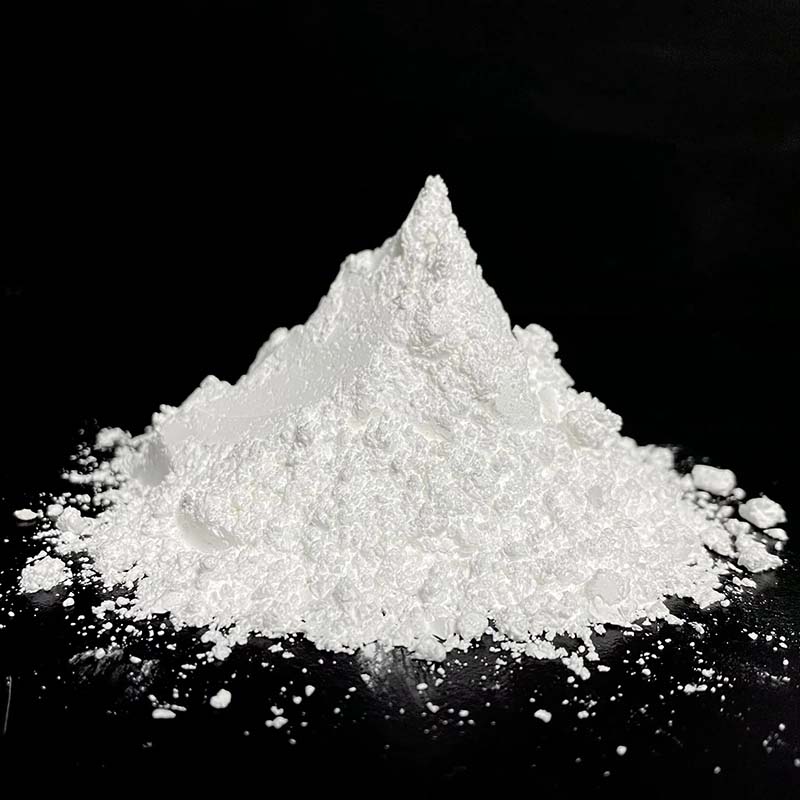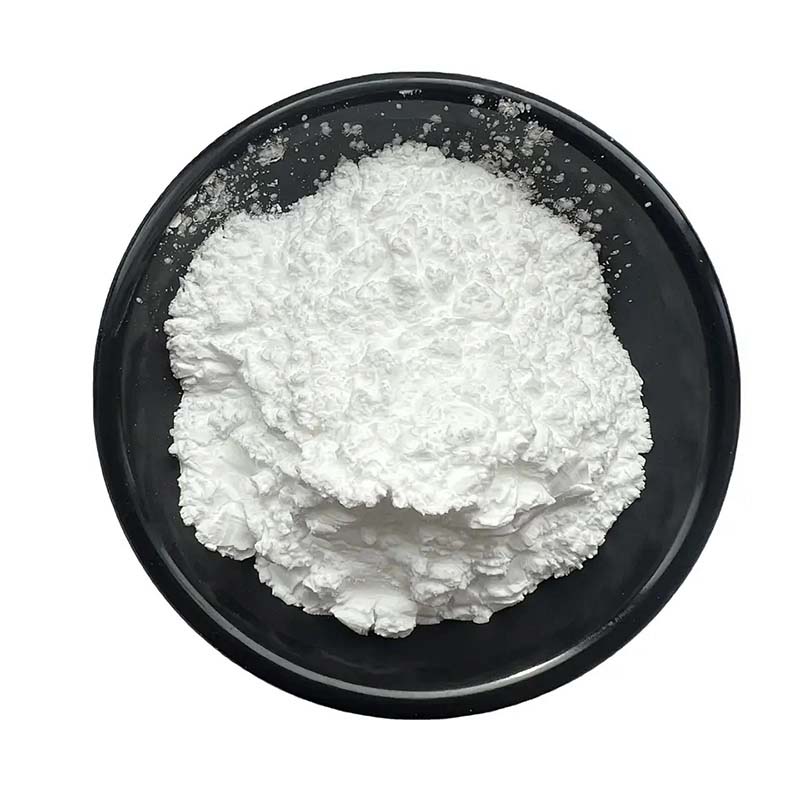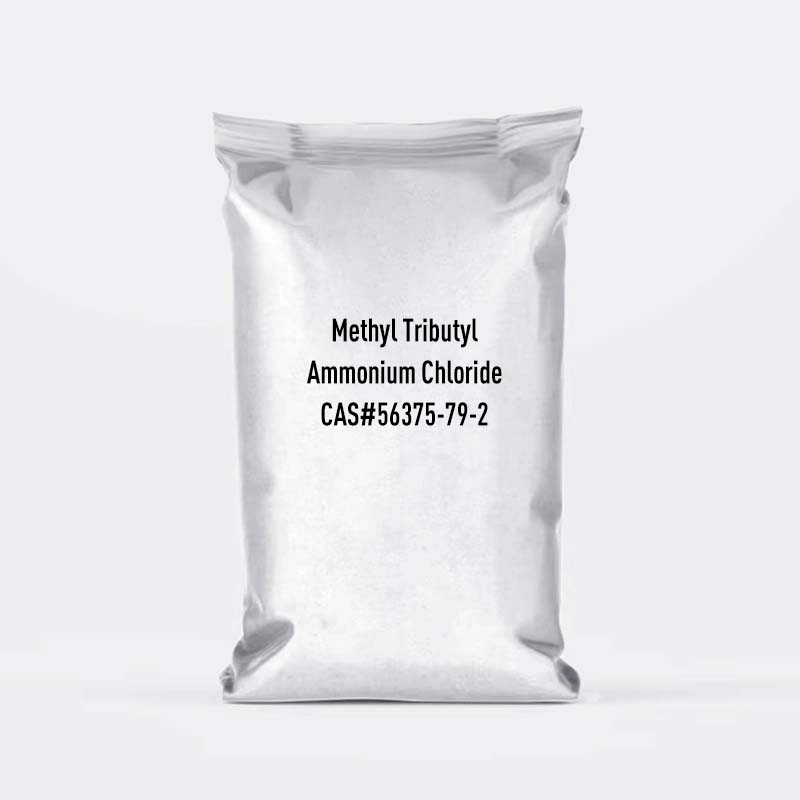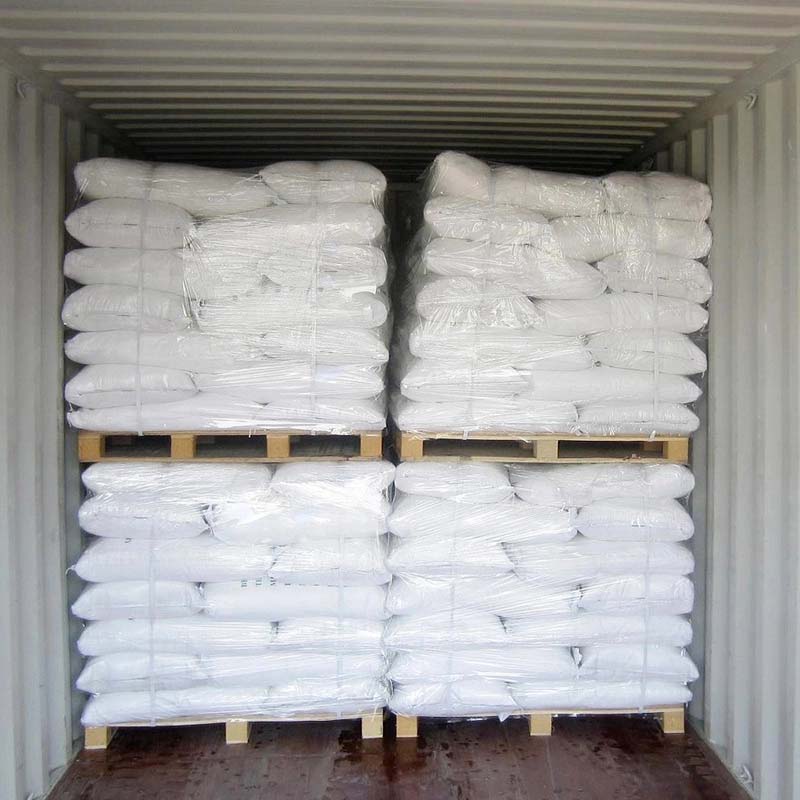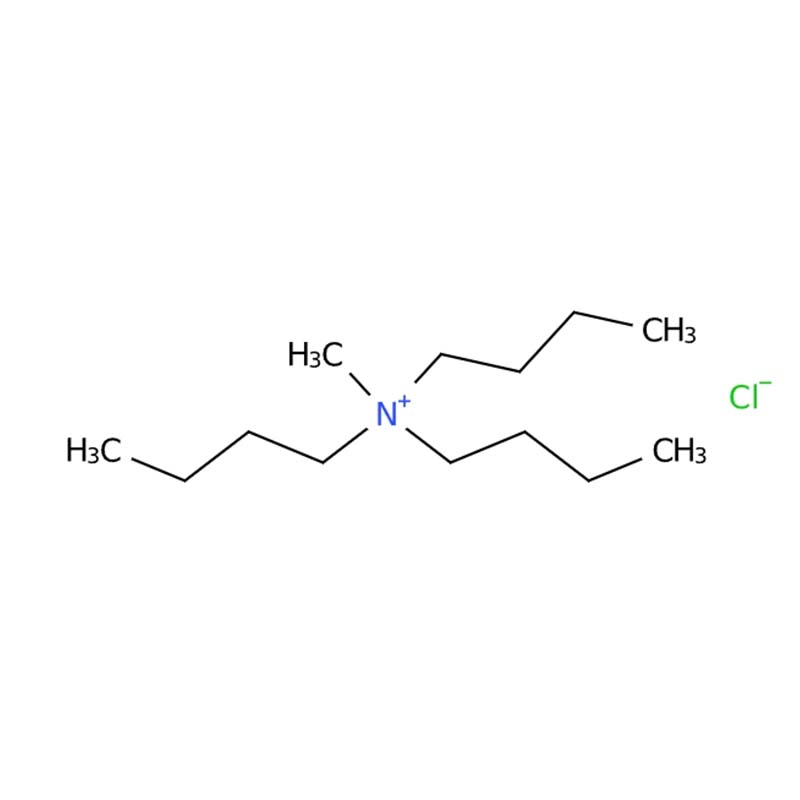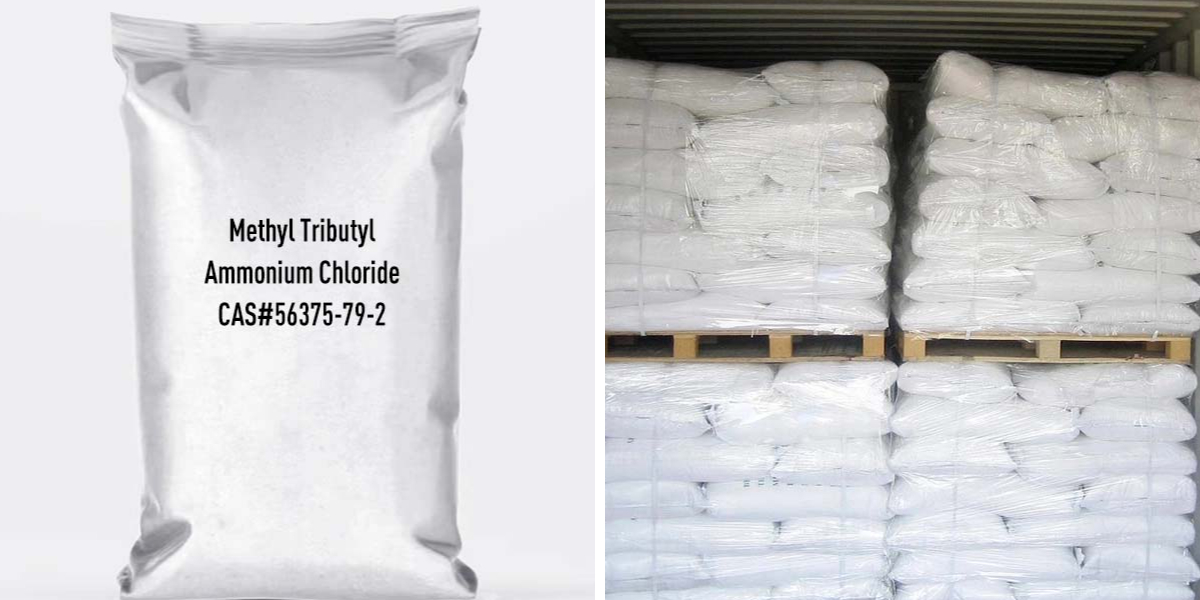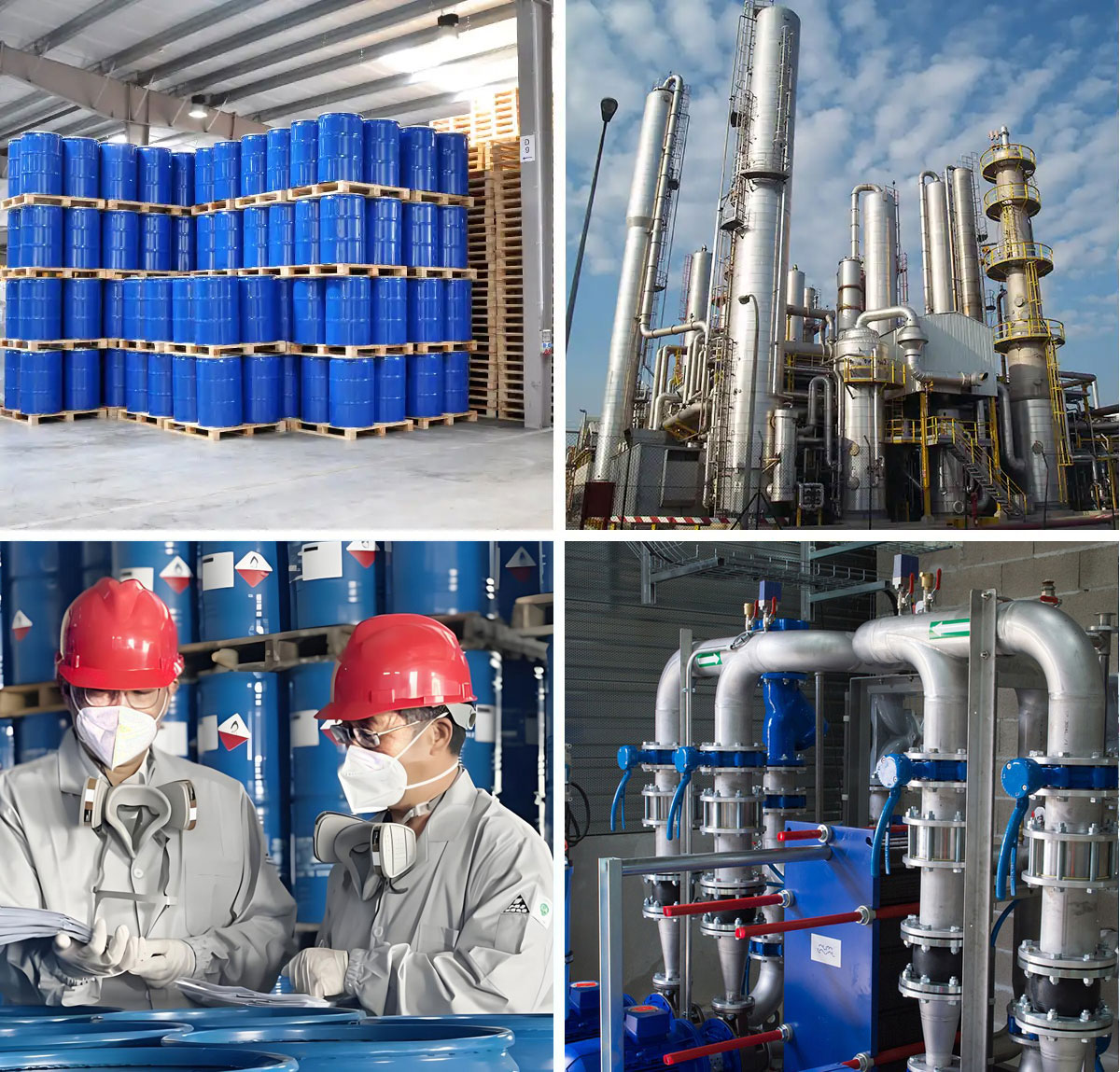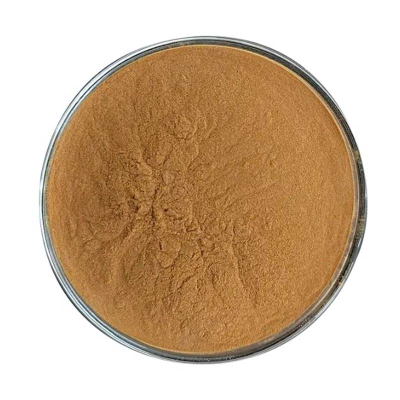Methyl Tributyl Ammonium Chloride
Aqueous and Organic Solubility: Demonstrates ready solubility in aqueous, alcoholic, and ethereal solutions, enhancing formulation flexibility across multiple application fields.
Controlled Basicity: Exhibits mild alkaline characteristics under ambient conditions, providing advantages for specialized chemical synthesis and processing.
Thermal Endurance: Maintains structural integrity and functional performance under elevated temperature environments, ensuring operational reliability.
Chemical Resilience: Possesses robust molecular stability that guarantees consistent functionality throughout storage and application periods.
Methyl Tributyl Ammonium Chloride (CAS# 56375-79-2) is a salt compound exhibiting solubility in water, alcohols, and ether-based solvents. This substance displays weakly alkaline characteristics at ambient temperature while demonstrating robust thermal resistance and chemical stability. It is commercially available in solid form with ≥95% purity and as aqueous solutions with ≥75% concentration.

Methyl tributyl ammonium chloride Chemical Properties
Melting point | 95-99 °C |
Boiling point | 84-85°C 101mm |
Density | 0,964 g/cm3 |
Vapor pressure | 7.9 mmHg ( 25 °C) |
Refractive index | n20/D 1.4682 |
Fp | 84-85°C/101mm |
Storage temp | Inert atmosphere,Room Temperature |
Form | Clear liquid |
Color | Light orange to Yellow to Green |
Water Solubility | Soluble |
Sensitive | Hygroscopic |
BRN | 6300212 |
LogP | -2--0.842 at 20-25℃ |
CAS DataBase Reference | 56375-79-2(CAS DataBase Reference) |
EPA Substance Registry System | 1-Butanaminium, N,N-dibutyl-N-methyl-, chloride (56375-79-2) |
Methyl Tributyl Ammonium Chloride (CAS# 56375-79-2) serves as a versatile quaternary ammonium compound with wide-ranging industrial applications. As a cationic surfactant, it functions effectively as a wetting agent, emulsifier, and antistatic component. The compound also acts as an ion exchange medium in water treatment processes and demonstrates bactericidal properties suitable for disinfectants and preservative formulations. Its catalytic capabilities include serving as a reaction catalyst in antioxidant systems, a metal extraction agent, and a phase-transfer catalyst, making it valuable across chemical processing, environmental protection, and pharmaceutical sectors.



